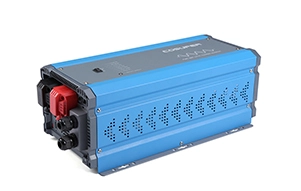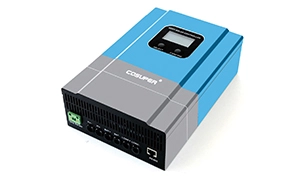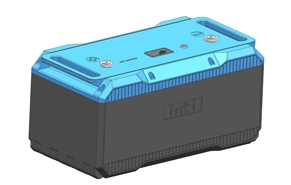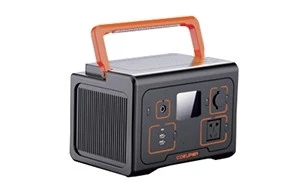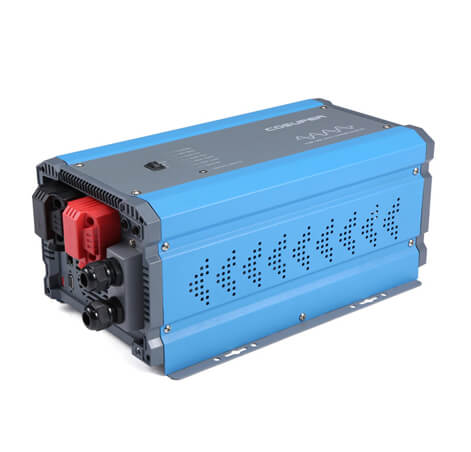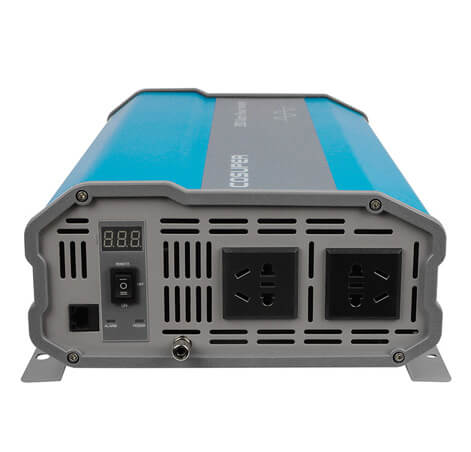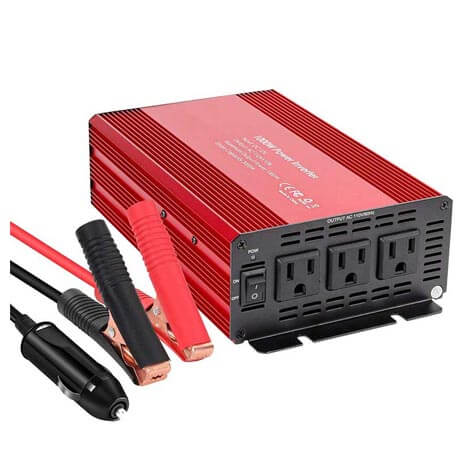Understanding solar inverters
A solar AC power generation system is composed of solar panels, charge controllers, inverters, and batteries; a solar DC power generation system does not include inverters. The process of converting AC electrical energy into DC electrical energy is called rectification, and the circuit that completes the rectification function is called a rectifier circuit, and the device that achieves the rectification process is called a rectifier. In contrast, the process of converting DC electrical energy into AC electrical energy is called inversion, and the circuit that completes the inversion function is called the inverter circuit, and the device that achieves the inversion process is called the inverter.
The core of the inverter device is the inverter switching circuit, also called the inverter circuit. This circuit completes the inversion function by conducting and turning off power electronic switches. The on-off of power electronic switch devices requires certain driving pulses, and these pulses may be adjusted by changing a voltage signal. The circuit that generates and adjusts pulses is usually called a control circuit or control loop. In addition to the above-mentioned inverter circuit and control circuit, the basic structure of the inverter device also includes protection circuits, output circuits, input circuits, and other components.
Using and maintaining solar inverters
Using solar inverters
Connect and install the equipment strictly according to the requirements of the inverter's user manual. During installation, you should carefully check whether the wire diameter meets the requirements, whether various components and terminals are loose during transportation, whether the insulation is good, and whether the system's grounding meets the regulations.
Operate and use strictly in accordance with the provisions of the inverter's user manual. In particular, pay attention to whether the input voltage is normal before turning on, and whether the order of turning on and off, as well as the readings and indicators of the various meters and lights, are normal during operation.
Solar inverters generally have automatic protection against items such as overload, overcurrent, overvoltage, and overheating, so there is no need to manually shut down when these phenomena occur; the protection points for automatic protection are generally set at the factory and do not need to be adjusted again.
There is high voltage inside the inverter cabinet, and operators are generally not allowed to open the cabinet door. The cabinet door should be locked during normal operation.
When the room temperature exceeds 30℃, cooling measures should be taken to prevent equipment failure and prolong the service life of the equipment.
Maintenance and inspection of solar inverters
The wiring connections of each part of the inverter should be checked regularly to ensure that there is no looseness, and to check the fan, power module, input terminal, output terminal, and grounding carefully.
Once an alarm sounds and the inverter shuts down, do not turn it on immediately. The cause should be identified and repaired before restarting, and the maintenance steps should be strictly followed according to the inverter maintenance manual.
Operators must undergo special training to be able to determine the causes of general faults and perform troubleshooting, such as being proficient in replacing fuses, components, and damaged circuit boards. Persons without training are not allowed to operate the equipment.
In the event of an accident that is not easily resolved or the cause of the accident is unclear, a detailed record of the accident should be made and the manufacturer of the solar inverter should be notified for a solution in a timely manner.

 English
English 